
Illustrates a day in the life of an apartment building by showing activities going on in different units at various times between 7:00 a.m. and 1:00 a.m.
Catalog sorted by age group

Illustrates a day in the life of an apartment building by showing activities going on in different units at various times between 7:00 a.m. and 1:00 a.m.
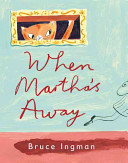
Martha may think her cat, Lionel, merely naps while she is at school, but she is quite mistaken. Lionel has a jam-packed schedule. He busies himself during the day by catching up on current affairs, weightlifting, cooking, painting, and most important socializing. This award-winning tale of a cat’s private life is presented with humor and panache by the talented Bruce Ingman.
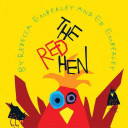
In this sparkling version of a classic tale, Red Hen finds a recipe for a Simply Splendid Cake and asks her friends the cat, the rat, and the frog to help with the preparations. But it seems as though her friends want no part in the cake until it’s ready to eat. Will they decide to pitch in, or let Red Hen do all of the hard work?
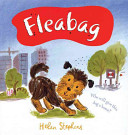
A boy without a dog and a dog without a boy meet each other in the park. But the boy’s big people don’t approve of the friendship. The dog is dirty! And he has FLEAS! Will these two friends be able to find a home together?Helen Stephens’s timeless, kid-friendly art makes this heartwarming story a winner for anyone who’s ever loved a dog.
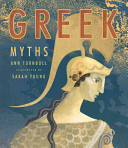
A gorgeous collection of classic Greek myths welcomes readers of all ages into a legendary world of beauty, tragedy, and miracle. Enter a world where anything is possible. A god might be a mountain or a shower of gold. A nymph may be a stream or an echo in the wind. The myths of ancient Greece are full of such wonders, as well as a host of courageous heroes, cunning heroines, and terrible monsters. Ann Turnbull’s compelling prose enlivens sixteen of the most celebrated myths, from the sadness of Persephone to the ill-fated love of Orpheus and Eurydice, from Pandora’s unlucky curiosity to the greed of King Midas to many more age-old tales filled with drama and romance. In vivid, expressive detail, Sarah Young’s fine-art illustrations bring this golden world to life, capturing creatures from Cerberus, the threeheaded dog, to the sinister snake-haired Medusa.
“Even reluctant readers (let alone closet classicists) will be drawn to pore over these entrancing pages. -School Library Journal Greek myths are among the most exciting stories ever told. In this collection, Marcia Williams offers a fun but faithful retelling of eight myths using simple language and her signature comic-strip format. Panels and spreads brimming with color, decorative detail, and nonstop action make each tale a pleasure to look at, and speech bubbles add modern humor. This indispensable collection is the perfect way to introduce young readers to the power of myth.
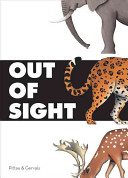
In this big, beautiful, astonishing book, more than 50 animals are hiding. In elegant drawings and graphic, eye-catching layouts, Out of Sight will enthrall children with the amazing variety of the animal kingdom.

Who but this author and artist could see a rhinoceros in a train locomotive or a kangaroo in a baby carriage? With perfect accord this creative team from very different parts of the world see the possibility of animals in stripes, spots, dots, and rows. With quirky energy and electric imagination, a gifted poet and a brilliant artist cast a sharp eye on design and transportation in a new pair of Animagicals titles. In each book, twelve poems pose riddles that are answered in twelve full-page, fold-out paintings of animals, each portrayed with humor, empathy, and sensitivity. Whether it’s comparing a dragonfly with helicopter in the On the Go, or describing the titles on a turtle’s shell in Patterns, Animagicals engage the mind and delight the eye of both children and adults.
A day in the life of France’s King Louis XIV, focusing on the elaborate ceremonies which took place when he dressed in the morning, ate his meals, conducted affairs of state, entertained, and finally, when he prepared to go to bed at night.
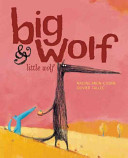
Big Wolf has always lived alone at the top of a hill under a tree, so when a little wolf suddenly arrives one day, he does not know what to think. Everytime, he turns around, there is little wolf, until one day he is missing and Big Wolf gets worried.